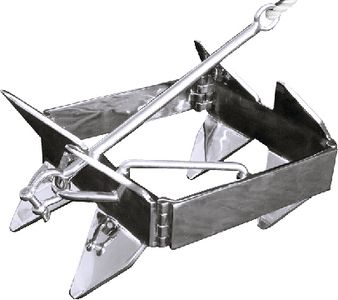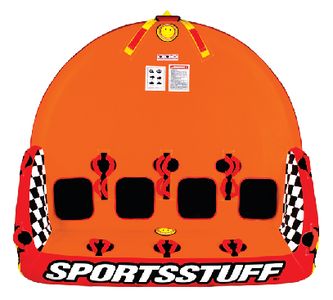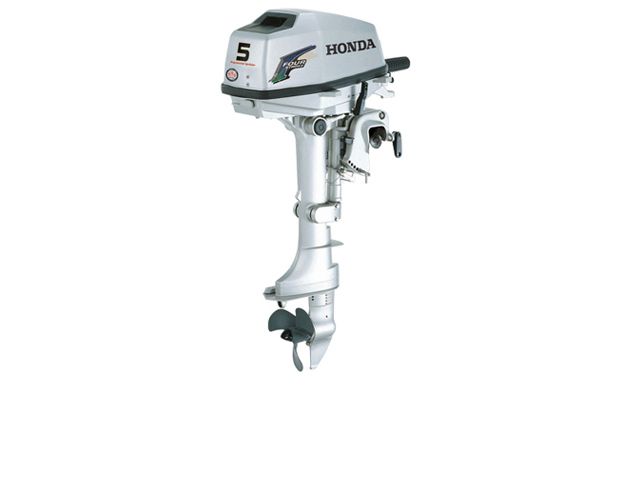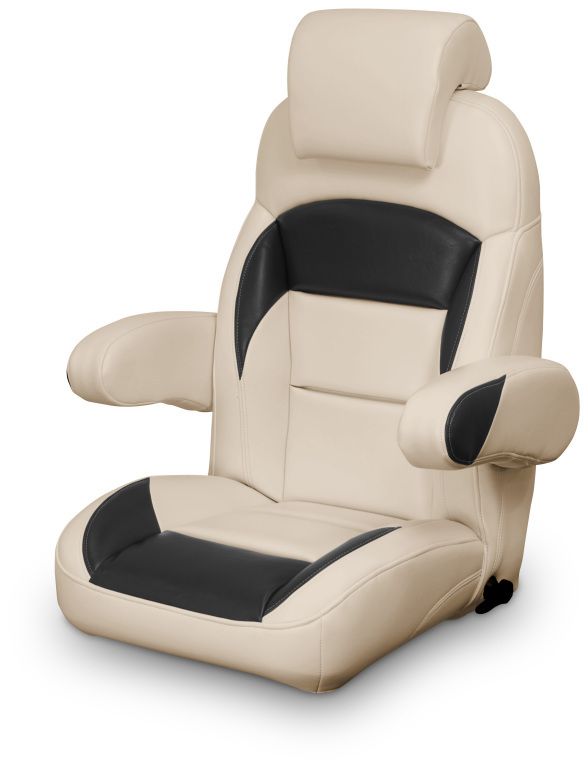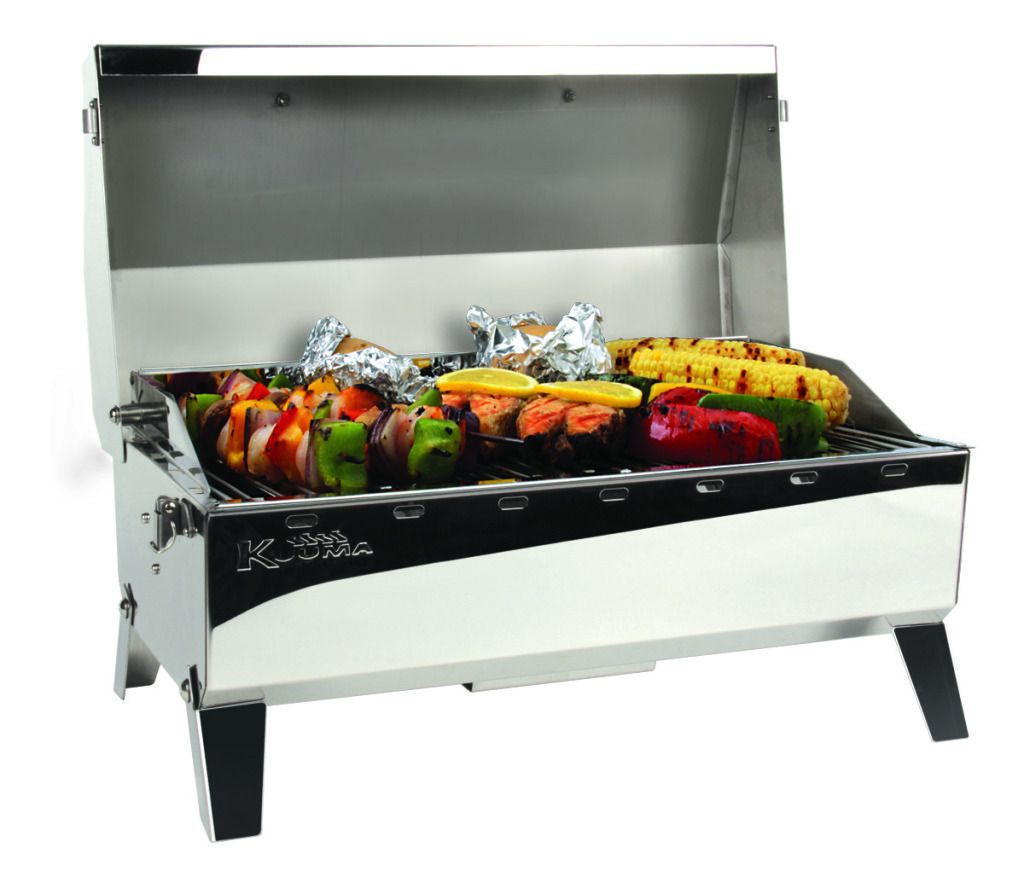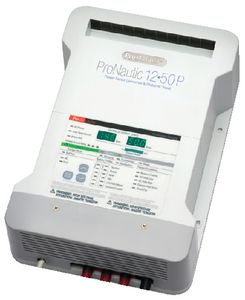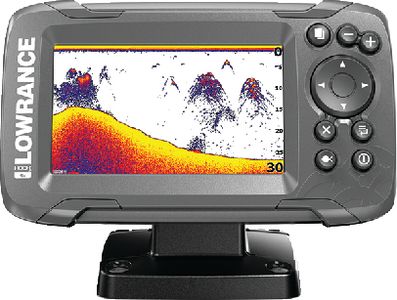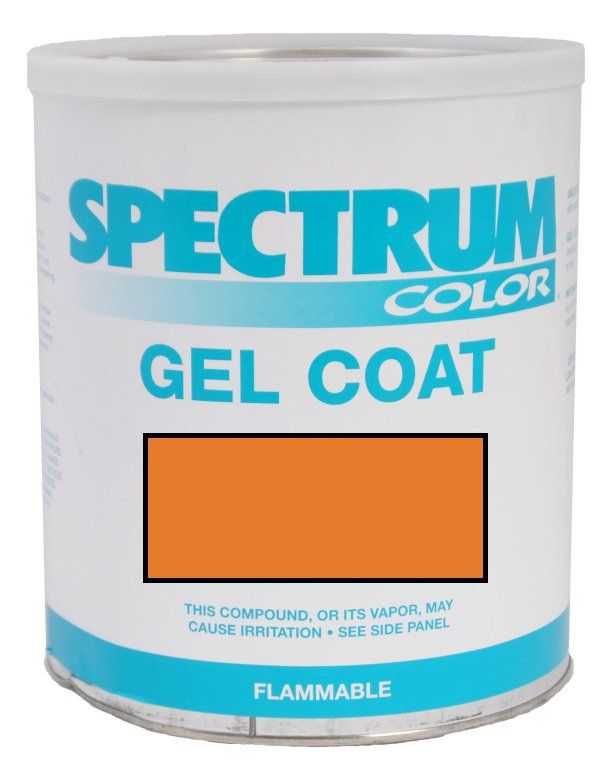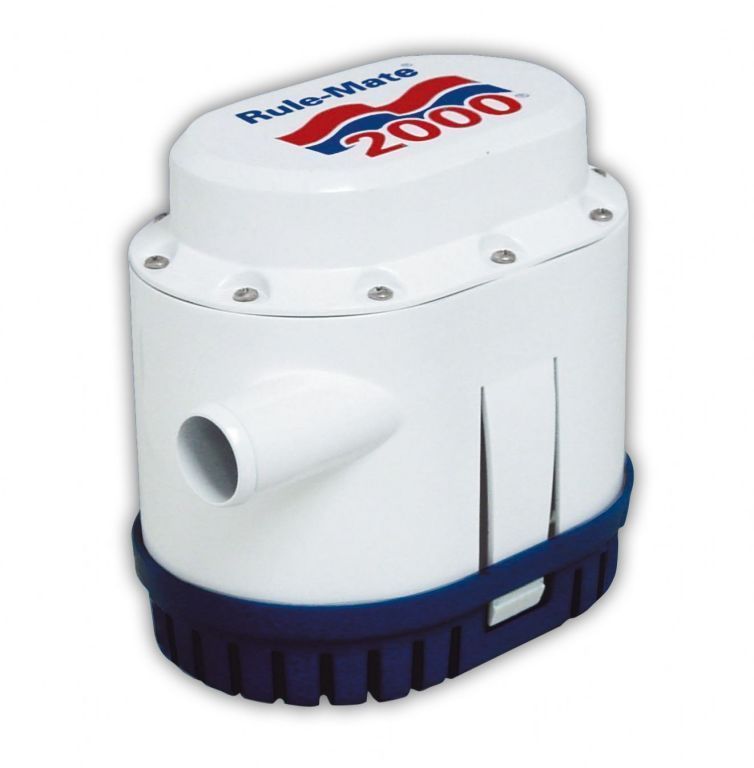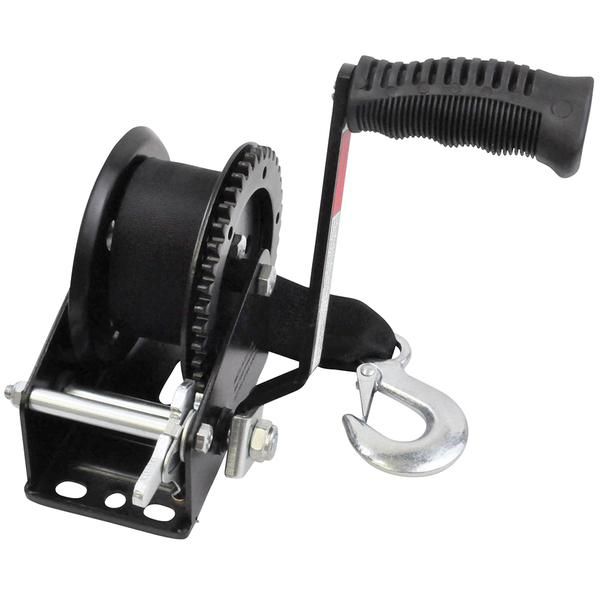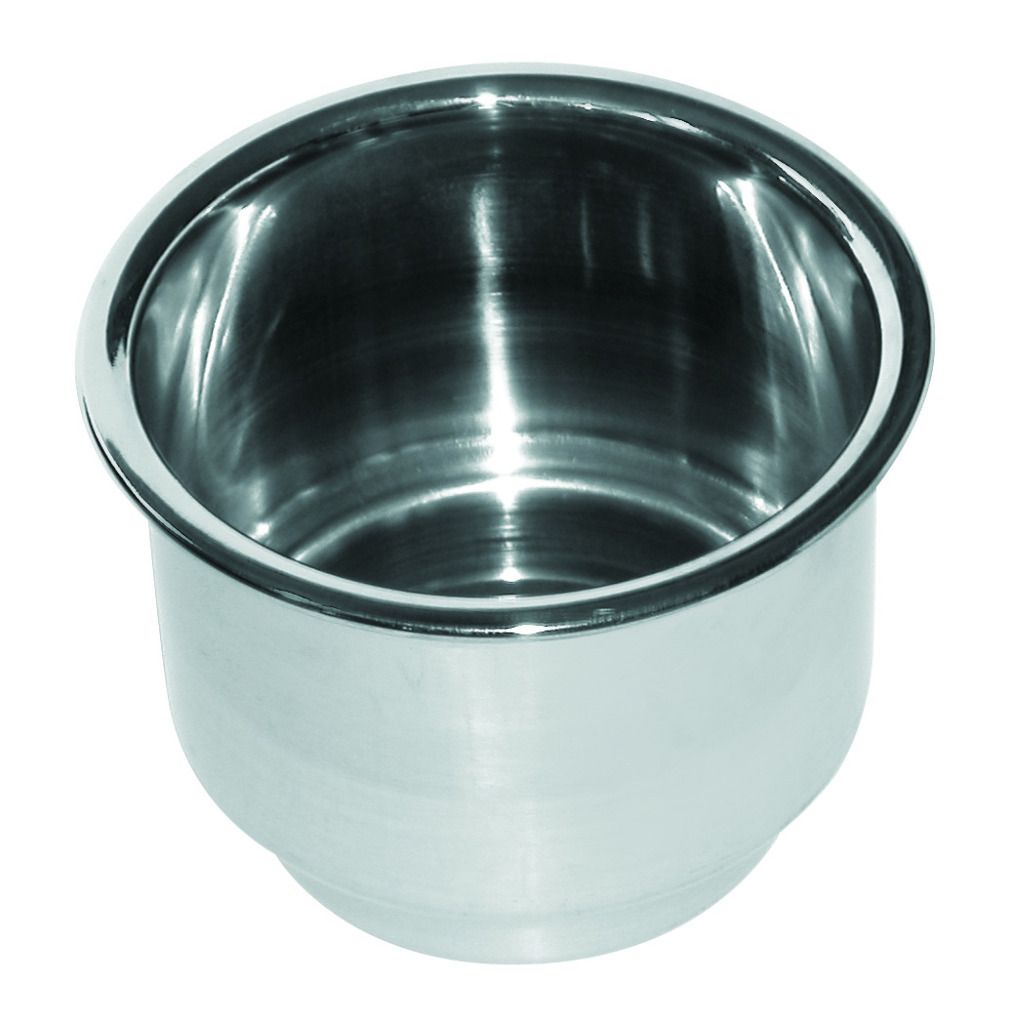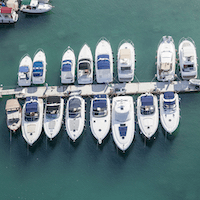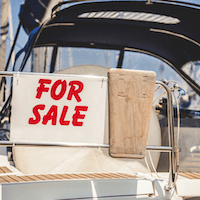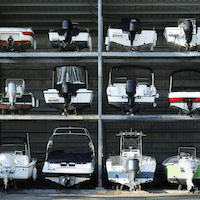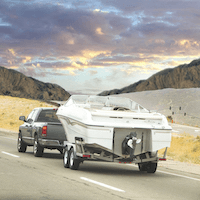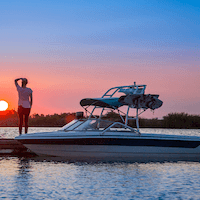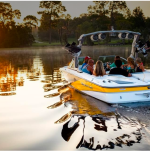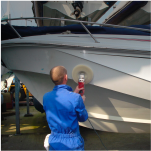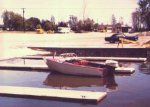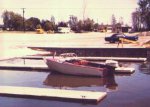Hey fellas.
Have been lurking for a while now looking over every ones restorations, trying to get my head around the construction of fibreglass boats and preparing myself for sometime in the near future when I can hopefully get my hands on a boat to build up. Like most people, I'm on a budget and decently handy so it makes more economical sense in my particular situation to buy something needing work and get stuck into it, vs buying a "good" one and potentially having the same issues as a cheap boat anyway. I stumbled across build-your-own plans, and CNC kits before I eventually became aware of svensons free boat plans as printed from Popular Mechanics - in particular, the PM38. Which really set the brain ticking...
I apologize in advance if I am asking questions which may seem relatively stupid, have been covered before, or completely in the wrong section. My relatively large lack of knowledge in relation to boats means searching can be a bit hit and miss. Hopefully, Im in the right area. I have been looking over the PM38 plans [and a few of the others on svensons], again with the hope of getting my head around exactly what is involved. While I have some woodworking experience, for all purposes I am a complete beginner so preparation is important. Looking at the plans i couldnt help but think about the viability of producing the PM38 in its entirety out of plywood and fibreglass using a CNC. Whilst I dont have masses of wood working experience, I DO have a substantial amount of AutoCAD experience, a long with a few years of using a 3-axis CNC wood milling machine. As a nice side effect, it means I have access to cheap CNC programming and cutting time, and via suppliers that I deal with through work, potentially cheaper marine plywood.
My questions revolve primarily around any potential impact to strength using this construction method, how best to approach it and any pitfalls to avoid. Whilst I am quite capable of following the instructions and producing the PM38 as Popular Mechanics intended, doing it the modern way would save me a hell of a lot of time. For those not familiar with the PM38, see here for the plans [www.svensons.com/boat/?f=RunaboutsOutboard/pm38/pm38.pdf]
My intention is to reproduce the individual parts as shown on the PM plans accurate on CAD and cutting them on CNC. Parts that require thicknesses thicker than the plywood sheet [for eg, the keel] I intend to "laminate" [i believe thats the correct term?] out of multiple sheets of plywood until the piece is the correct thickness. Each part would then be covered in epoxy, assembled, fibreglassed over, before both inside and outside of the hull are fibreglassed in their entirety, which should hopefully give me a light, strong, and leak-proof boat.
-Are there any issues and or concerns in terms of the process I have described above, and if so, what?
-Would replacing a part such as the keel with a piece manufactured from glued and epoxied ply present any strength issues and or concerns?
Thats about all i can think of at the moment.
Cheers
Nick
Have been lurking for a while now looking over every ones restorations, trying to get my head around the construction of fibreglass boats and preparing myself for sometime in the near future when I can hopefully get my hands on a boat to build up. Like most people, I'm on a budget and decently handy so it makes more economical sense in my particular situation to buy something needing work and get stuck into it, vs buying a "good" one and potentially having the same issues as a cheap boat anyway. I stumbled across build-your-own plans, and CNC kits before I eventually became aware of svensons free boat plans as printed from Popular Mechanics - in particular, the PM38. Which really set the brain ticking...
I apologize in advance if I am asking questions which may seem relatively stupid, have been covered before, or completely in the wrong section. My relatively large lack of knowledge in relation to boats means searching can be a bit hit and miss. Hopefully, Im in the right area. I have been looking over the PM38 plans [and a few of the others on svensons], again with the hope of getting my head around exactly what is involved. While I have some woodworking experience, for all purposes I am a complete beginner so preparation is important. Looking at the plans i couldnt help but think about the viability of producing the PM38 in its entirety out of plywood and fibreglass using a CNC. Whilst I dont have masses of wood working experience, I DO have a substantial amount of AutoCAD experience, a long with a few years of using a 3-axis CNC wood milling machine. As a nice side effect, it means I have access to cheap CNC programming and cutting time, and via suppliers that I deal with through work, potentially cheaper marine plywood.
My questions revolve primarily around any potential impact to strength using this construction method, how best to approach it and any pitfalls to avoid. Whilst I am quite capable of following the instructions and producing the PM38 as Popular Mechanics intended, doing it the modern way would save me a hell of a lot of time. For those not familiar with the PM38, see here for the plans [www.svensons.com/boat/?f=RunaboutsOutboard/pm38/pm38.pdf]
My intention is to reproduce the individual parts as shown on the PM plans accurate on CAD and cutting them on CNC. Parts that require thicknesses thicker than the plywood sheet [for eg, the keel] I intend to "laminate" [i believe thats the correct term?] out of multiple sheets of plywood until the piece is the correct thickness. Each part would then be covered in epoxy, assembled, fibreglassed over, before both inside and outside of the hull are fibreglassed in their entirety, which should hopefully give me a light, strong, and leak-proof boat.
-Are there any issues and or concerns in terms of the process I have described above, and if so, what?
-Would replacing a part such as the keel with a piece manufactured from glued and epoxied ply present any strength issues and or concerns?
Thats about all i can think of at the moment.
Cheers
Nick

